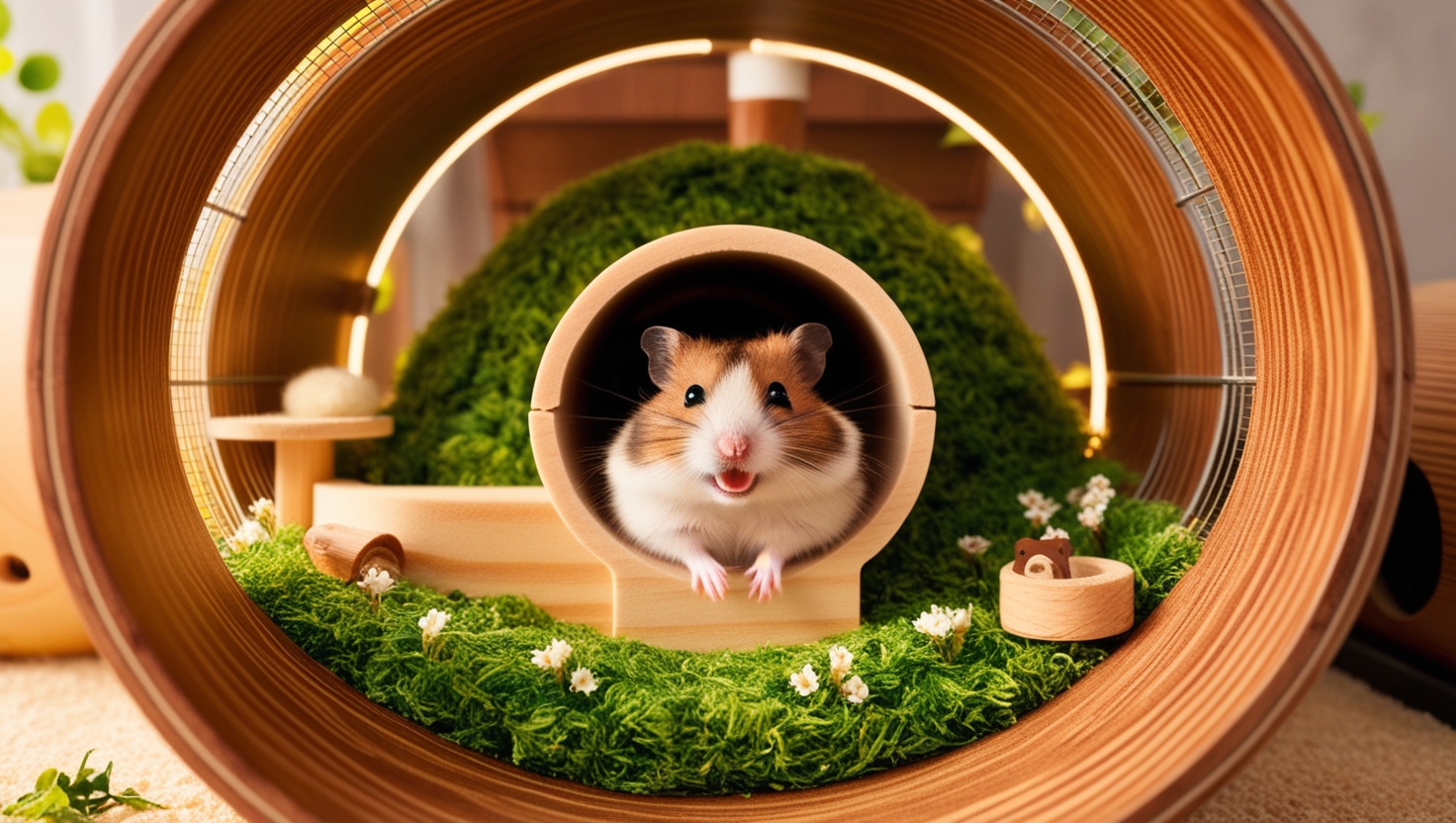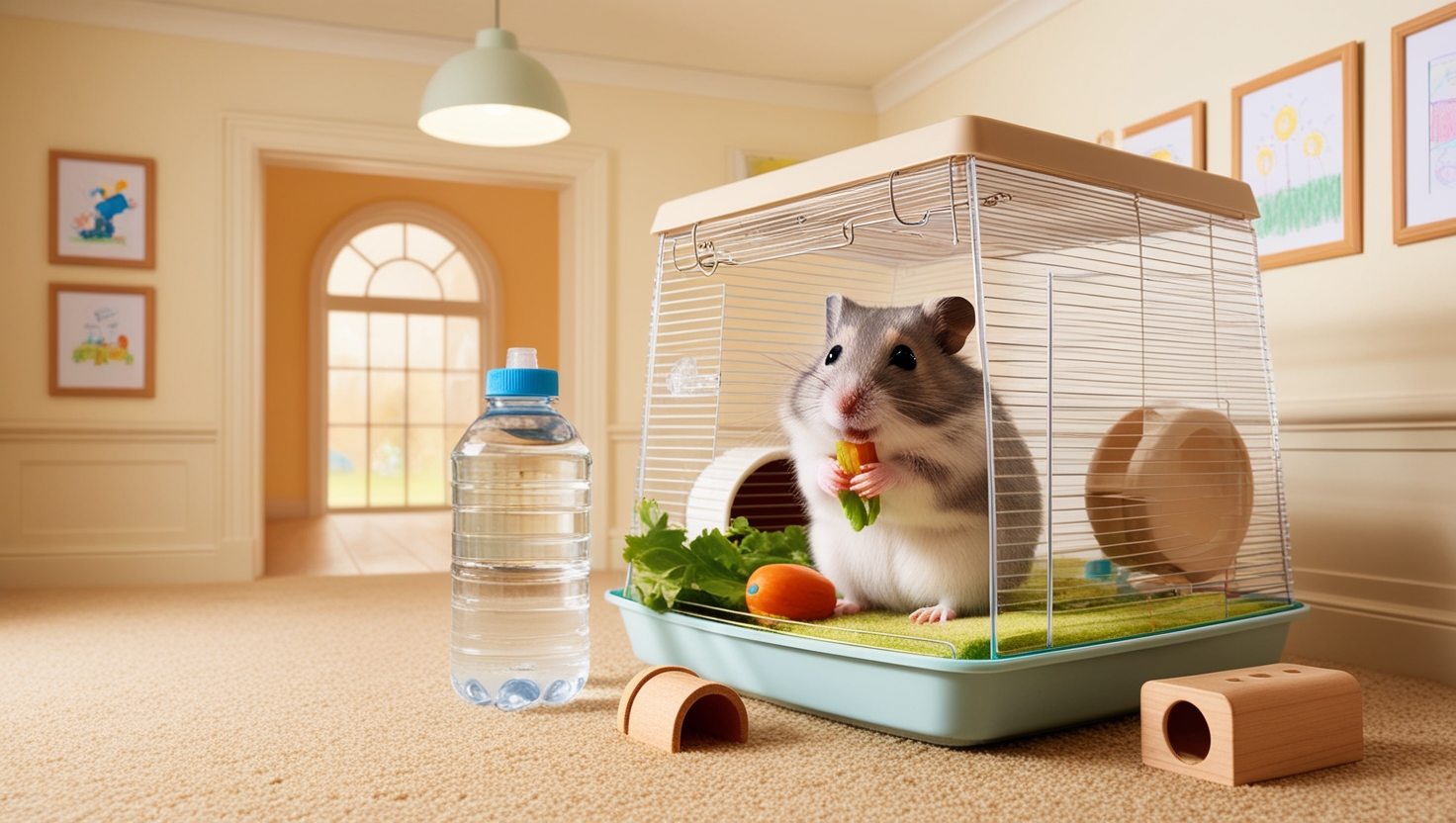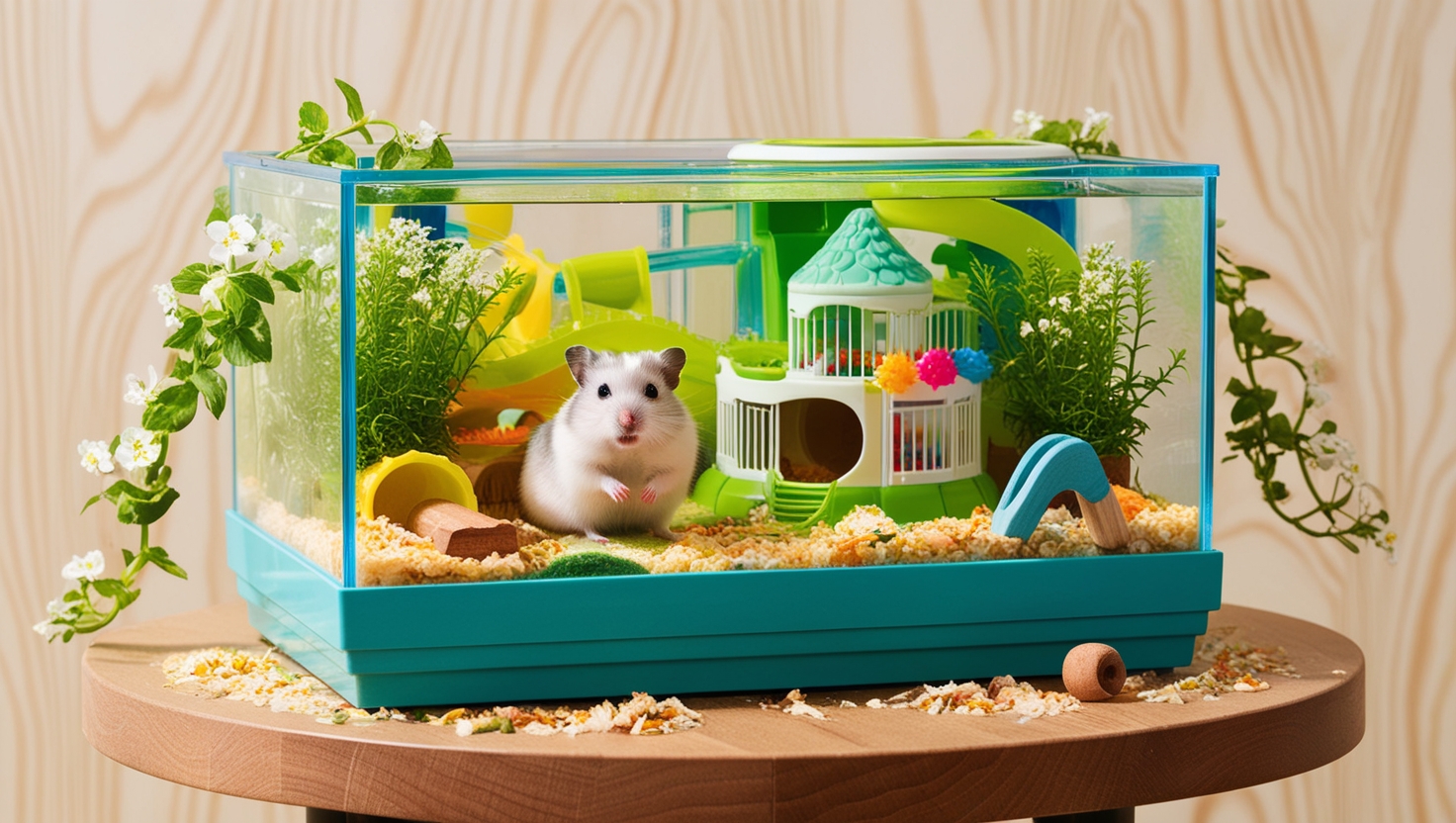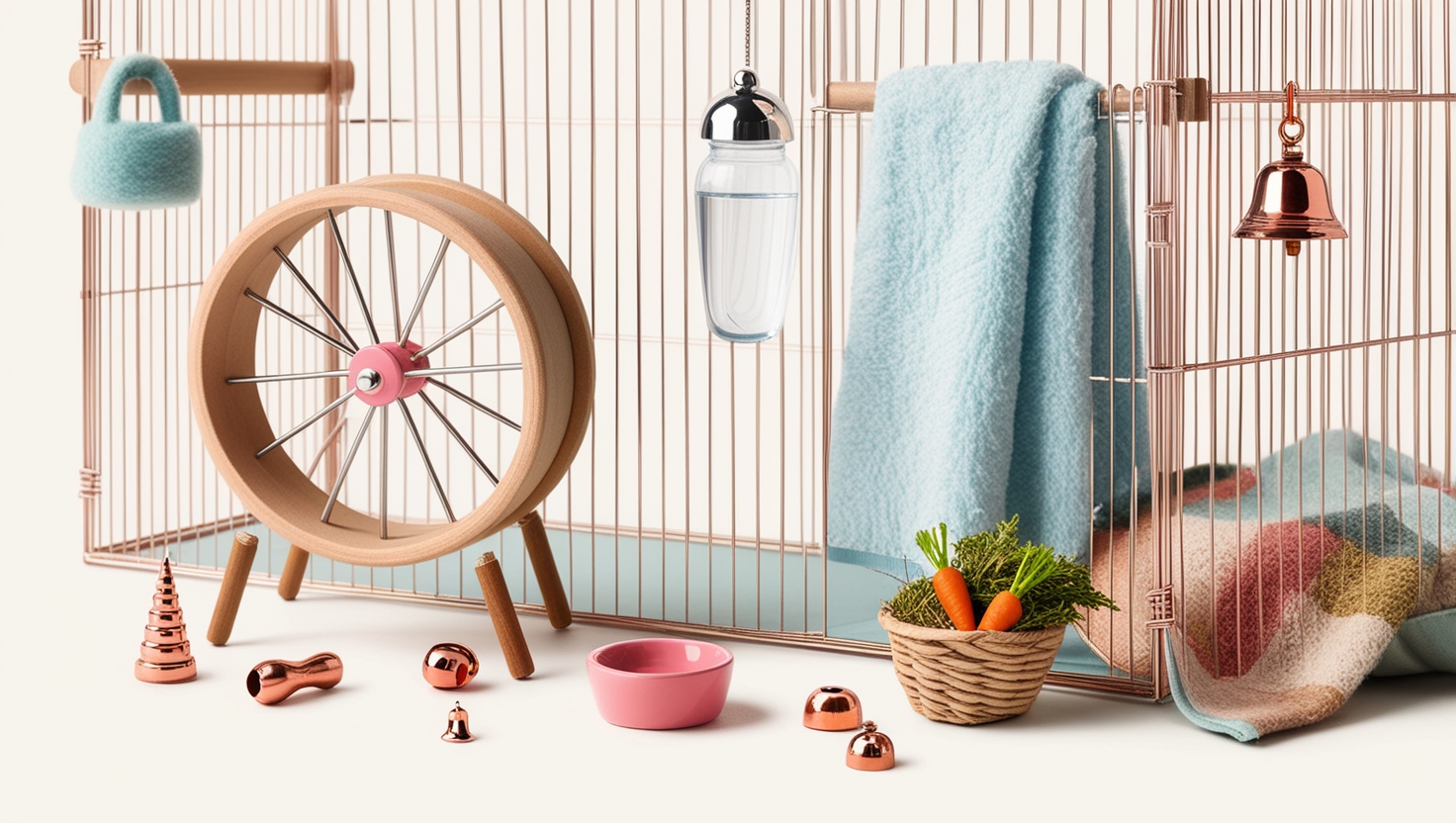Bringing home a dwarf hamster is an exciting time, filled with the promise of tiny paw prints and adorable cheek pouches. But before you welcome your new furry friend, you need to ensure you have the perfect dwarf hamster cage ready and waiting. Choosing the right home for your little one is crucial for their health and happiness. As a longtime hamster parent and fosterer, I’ve seen firsthand how the right dwarf hamster cage can make all the difference.
Size Matters: Bigger is Always Better
You might be thinking “dwarf hamster, small cage, right?” Not quite! While dwarf hamsters are small, they are incredibly active and need plenty of space to run, burrow, and play. A common misconception is that a small cage is sufficient for their needs. In reality, a cramped cage can lead to stress, boredom, and even health issues.
Here’s what I recommend:
- Minimum cage size: 450 square inches of floor space.
- More space is always better: Aim for the largest cage that you can reasonably accommodate in your home.
Trust me, your hamster will thank you for the extra room to roam!
Cage Types: What to Look For
When choosing a dwarf hamster cage, you’ll find a variety of options available:
- Wire cages: These are well-ventilated and allow for climbing, but be sure to choose one with a solid bottom to prevent injuries.
- Glass tanks: These offer excellent security and visibility, but make sure the tank is large enough and has proper ventilation.
- Plastic modular cages: These can be customized with tubes and compartments, providing a stimulating environment.
Expert Tip from Dr. Lisa Campbell, Veterinarian: “When selecting a cage, consider the safety of your hamster. Avoid cages with wire or mesh flooring as they can cause bumblefoot, a painful condition.”
Essential Features for a Happy Hamster
Once you’ve chosen the type of cage, consider these essential features:
- Solid Wheel: A solid wheel is a must-have for exercise and prevents injuries. Make sure it’s large enough (6.5 inches minimum for a dwarf hamster) so your hamster doesn’t have to bend its back.
- Deep Bedding: Dwarf hamsters love to burrow! Provide at least 3-4 inches of bedding material, such as aspen shavings or paper-based bedding.
- Hideouts and Toys: Every hamster needs a safe space to sleep and relax. Offer multiple hideouts, tunnels, chew toys, and other enrichment items to keep your hamster entertained and mentally stimulated.
- Food Dish and Water Bottle: Choose a sturdy ceramic food dish that won’t tip over easily and a water bottle with a fresh, drip-proof sipper.
Setting Up Your Dwarf Hamster’s Dream Home
Setting up your hamster’s cage is like designing a miniature palace! Here’s how to create a comfortable and enriching environment:
- Place the cage in a quiet location: Avoid areas with direct sunlight, drafts, or excessive noise.
- Add a thick layer of bedding: Spread the bedding evenly across the bottom of the cage, ensuring it’s deep enough for burrowing.
- Create designated areas: Place the food dish, water bottle, wheel, and hideouts in separate areas to encourage your hamster to explore their environment.
- Add enrichment items: Scatter some hamster-safe toys, chews, and tunnels throughout the cage to provide mental stimulation.
A Happy Hamster is a Healthy Hamster
Choosing the right dwarf hamster cage is a fundamental step in responsible pet ownership. By providing a spacious, stimulating, and safe environment, you can ensure that your tiny friend lives a long, healthy, and happy life. Remember, your hamster’s cage is their entire world, so make it a wonderful one!







